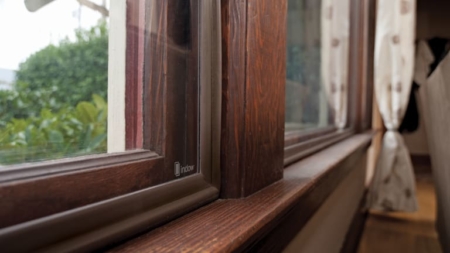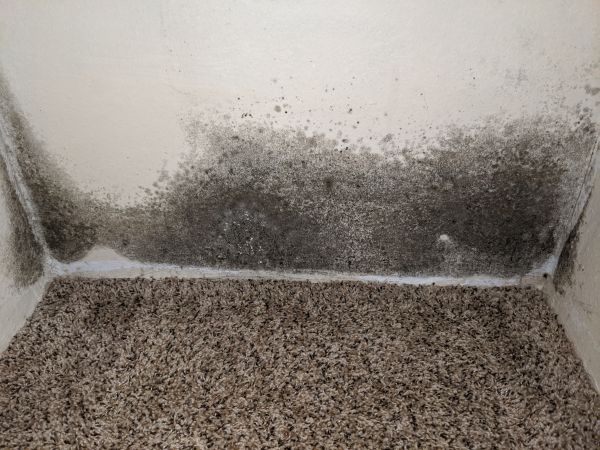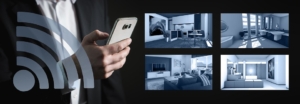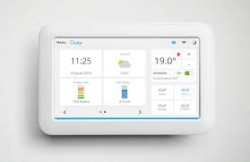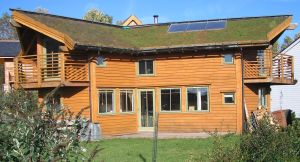It is certainly the time of year to keep warm air inside while considering winter storm protection for windows. Storm windows can be made of glass, rigid plastic panels, or durable plastic sheets and they can be installed on the outside or inside of a home’s existing windows. The cost of storm windows have a lower initial cost than replacing single-pane windows with double-pane windows. Aside from providing thermal insulation and some sound insulation, storm windows add a layer of protection against flying debris during wind storms or other inclement weather, such as icy hail clumps.
Materials
- Inexpensive flexible, durable plastic sheets or films. These are generally designed for one season of use.
- Plastic, such as Plexiglass, polycarbonate plastic, and acrylics are more cost-effective for people in apartments, have many windows, and/or on a small budget. Plastic storm windows are lighter and easier to install than glass, however they may scratch easily and turn yellow over time.
- Glass storm windows are heavy and must be handled with care during installation, however these windows have the best visibility and longevity. Triple-track glass with low-e coating offers durability and excellent insulation.
According to energy.gov, older storm windows were usually just made from clear glass, but newer versions have a “low-e” (low emissivity) coating that reduces heat transmission through the window. Low-e coated glass has an emissivity of 0.16 or lower compared to uncoated glass with a average emissivity rating of 0.84. Contemporary storm windows can reduce pesky air leaks. A low-e coating reflects heat back inside the house during the colder months and reflects heat outside during the summer, thereby helping to minimize energy costs.
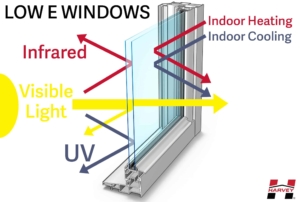
Low-e (source: Harvey building)
What exactly is a low-e coating on a glass storm window? It is a microscopically thin coating that is transparent and reflects heat. It also minimizes the amount of infrared and ultraviolet light that enters a building through the glass while not affecting the amount of light that enters the dwelling. Low-e exterior and interior storm window benefits:
- Significantly less costly than a complete window replacement while offering similar energy savings.
- Reflects radiant heat 35% better than clear glass storm windows, according to energy.gov.
- Reduces drafts and air leaks
- Noise reduction
- Aesthetically pleasing
- Savings of heating and cooling costs can be 12%-33% depending on the type of window already installed (energy.gov).
Interior versus Exterior
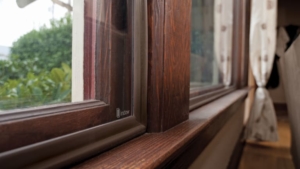
Interior (source: oldhouseonline)
Storm windows can be installed on the interior or exterior of existing windows. Interior storm windows are often the best choice for homes with more than one floor and apartments. Interior storm windows require less maintenance because they aren’t exposed to the elements, plus they are simpler to install and remove. Interior storm windows are effective at reducing air infiltration because they seal well to the primary windows. The downside to interior storm windows is condensation, however condensation can be avoided by incorporating vent holes and having a sealed fit. Exterior storm windows are somewhat more efficient at insulation and many have a low-e coating, however they are not as easy to install as interior windows.
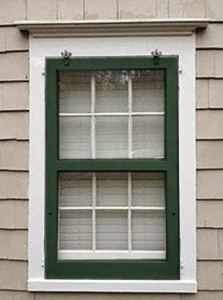
Exterior storm window / wood frame (source: oldhouseguy)
Frames
- Wood: This type of frame insulates well, however they expand and contract in different temperatures. Wood frames require the most maintenance and they weather with time.
- Aluminum: Strong, light, and low-maintenance are the advantages of aluminum frames. The downside is that they conduct heat and thus aren’t as good with insulation.
- Vinyl: These low-maintenance frames are usually made of polyvinyl chloride (PVC) with ultraviolet light stabilizers that help prevent sunlight from breaking down the frame material. However they can crack in extremely frigid climates and may expand in hot temperatures. Colors other than white may fade over time if exposed to significant daily sunlight.
Installation
According to energy.gov, “when installing storm windows, ensure they have weatherstripping at all movable joints are made of strong, durable materials and have interlocking or overlapping joints”. The website also offers step-by-step instructions to install your own windows.
Cleaning
An effective, yet natural window cleaning solution is to mix equal parts of vinegar and water to a spray bottle. After spraying the window, use a soft cloth for wiping and another cloth to dry the window pane. An additional cloth, preferably microfiber or lint-free, can be used to prevent streaks. Window cleaning is best done during a time of day when the sun isn’t shining directly on the window to prevent the cleaning solution from drying too quickly and causing streaks or water spots. If the storm window is made of single-pane glass, be cautious not to scrub too hard so the glass doesn’t break.
Additional information and resources
Learn more about energy performance ratings – https://www.energy.gov/energysaver/design/windows-doors-and-skylights/energy-performance-ratings-windows-doors-and
A step by step decision-making tool to help determine the most energy-efficient windows for your existing house and climate – https://www.efficientwindows.org/existing-selection1/
Window selection tool for new construction – https://www.efficientwindows.org/new-selection1/
Step-by-step instructions for storm window installation – https://www.energy.gov/node/797126

